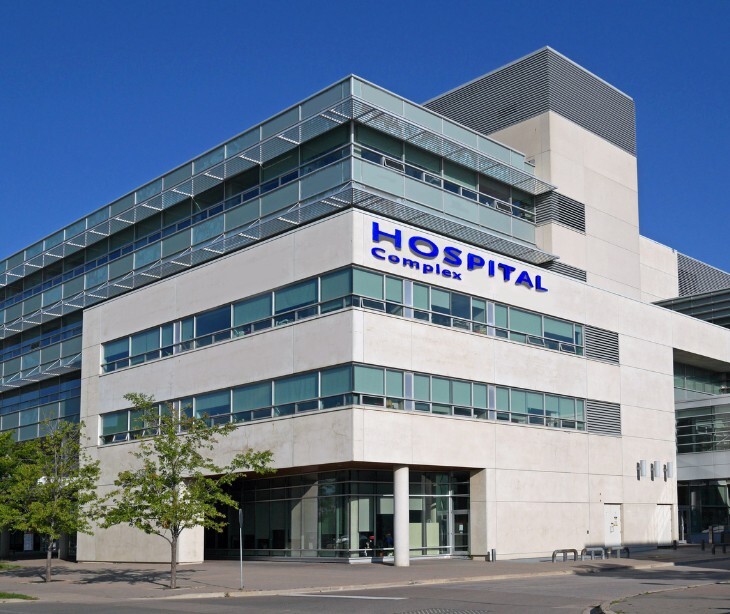2 min read
AHA launches enhanced cyber and risk resource webpage
Gugu Ntsele Oct 12, 2025 3:16:20 PM

The American Hospital Association has upgraded the Cybersecurity and Risk Advisory webpage to provide hospitals and health systems with centralized access to threat intelligence, expert guidance, and security resources aimed at strengthening defenses against both cyber and physical threats.
What happened
The AHA launched its revamped Cybersecurity and Risk Advisory webpage on October 6, 2025. The enhanced platform serves as a centralized hub designed specifically for healthcare organizations seeking to improve their cybersecurity. The webpage includes access to current cyber and risk news, essential resources, expert insights, and advisory services. All content is tailored to support enterprise risk strategies that address the nature of cybersecurity and physical security threats facing hospitals and health systems today.
What was said
According to the AHA announcement, the centralized hub offers "streamlined access to the latest cyber and risk news, vital resources, expert insights and advisory services — all tailored to support comprehensive enterprise risk strategies."
By the numbers
Recent data from Paubox reveals the scope of cybersecurity challenges facing healthcare organizations: 60% of healthcare IT leaders reported at least one email-related security incident in the last year, while 85% of rural providers say their current infrastructure cannot support advanced email security tools. Additionally, 73% of rural healthcare leaders admit they struggle to maintain HIPAA compliance due to lack of staff and funding.
Why it matters
Healthcare organizations face threats where cyberattacks directly impact patient safety and clinical operations. Having a single, authoritative source for threat intelligence and response guidance helps security teams stay informed without navigating multiple platforms during time-sensitive incidents. Doug Brown, founder of Black Book Research, emphasizes in the Paubox report, that small and rural hospitals are on the frontline of America's healthcare cybersecurity crisis, with the majority lacking the staffing, funding, and infrastructure to defend against increasingly sophisticated attacks. This consolidation is important as hospitals deal with ransomware groups, nation-state actors, and evolving attack vectors that require immediate awareness and coordinated response. The centralized approach also supports the AHA's broader mission of helping hospitals maintain clinical continuity during prolonged outages, which has become important as attacks on healthcare infrastructure grow more frequent and disruptive.
The bottom line
Centralizing cybersecurity resources makes threat information more accessible when healthcare organizations need it most. Security teams should bookmark this hub and integrate it into their daily threat monitoring workflows to stay ahead of emerging risks. For resource-constrained providers especially, leveraging shared intelligence and expert guidance can help bridge gaps that budget limitations create.
Related: HIPAA Compliant Email: The Definitive Guide
FAQs
What new features does the AHA’s enhanced Cybersecurity and Risk Advisory webpage include?
It includes updated tools, news, expert insights, and advisory resources all in one centralized location.
Who can access the AHA’s Cybersecurity and Risk Advisory webpage?
The webpage is publicly accessible to hospitals, health systems, and healthcare professionals seeking cybersecurity support.
How often will the AHA update the resources on the webpage?
The AHA plans to update the hub regularly to reflect the latest threat intelligence and best practices.
How does this initiative align with federal healthcare cybersecurity efforts?
It complements national efforts by the HHS and CISA to strengthen healthcare infrastructure resilience.




%20-%202024-10-11T225145.224.jpg)